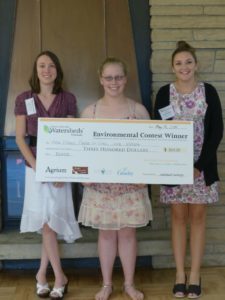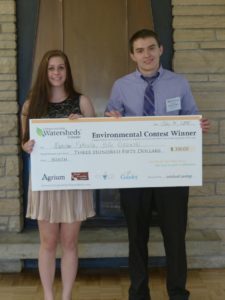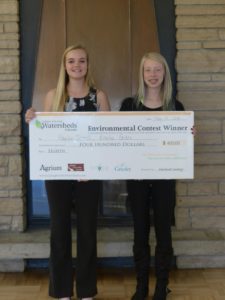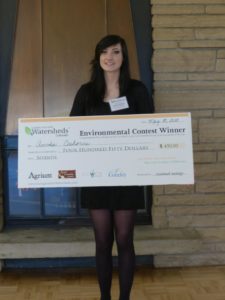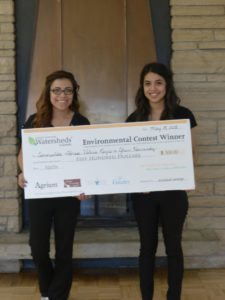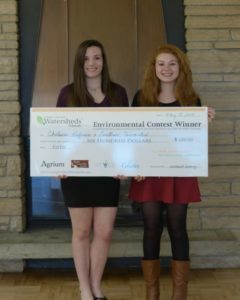2015 Winnipeg, Manitoba, Canada
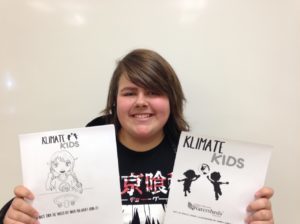
Annika and Mykyla are a creative team. The duo proposed creating a children’s book to “teach kids good habits about treating the environment better.” The colouring booklet was drawn and designed by Annika and Mykyla, each page containing a different message about how we can care for the environment through good water saving habits. According to the girls, this is important because “ Children are who will inherit this world from the adults one day when they themselves become adults, it is important make sure that today’s kids grow up to have strong and friendly habits when taking care of the cities and towns we live in.”
Thanks to a contribution from Nutrien, a series of Klimate Kids booklets were created, printed out and distributed to a handful of lucky schools. Digital copies of the booklet have been shared with Manitoba Education so that other schools can access the files too!
